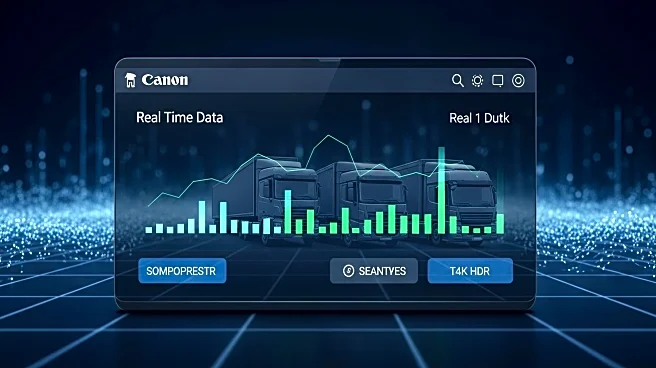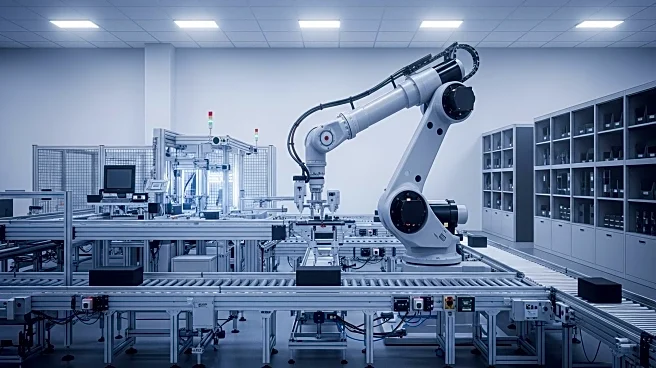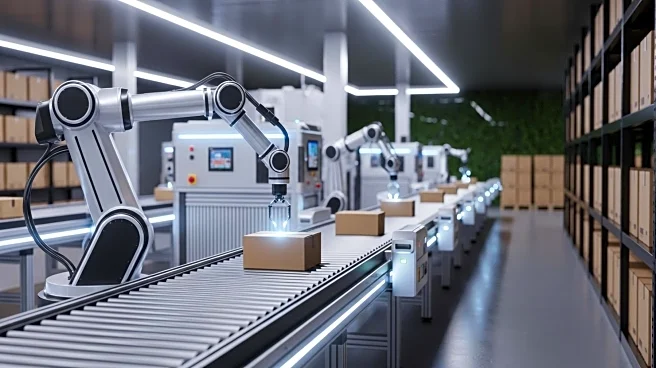What is the story about?
What's Happening?
Real-time asset data is revolutionizing supply chain and yard operations by providing precise, actionable insights into asset movements. Traditional tracking systems, such as GPS and RFID, often lack the precision needed for dynamic decision-making, leading to inefficiencies and delays. The integration of AI-powered tools and technologies like Bluetooth Low Energy (BLE) is improving the accuracy of asset location data, enabling faster decisions and better performance. This enhanced visibility helps reduce redundant moves, boost throughput, and improve demand planning, ultimately supporting corporate sustainability goals by cutting fuel use and emissions.
Why It's Important?
The adoption of real-time asset data is crucial for industries seeking to enhance operational efficiency and sustainability. By reducing unnecessary movements and improving visibility, companies can lower fuel consumption and emissions, aligning with corporate sustainability objectives. This shift from reactive to proactive planning can lead to significant cost savings and improved throughput without additional space or labor. As industries face increasing pressure to meet environmental standards, real-time data provides a competitive edge, enabling better labor planning and demand forecasting, which are essential for maintaining profitability and meeting regulatory requirements.
What's Next?
The deployment of real-time asset data is expected to continue expanding, with more industries integrating AI-powered tools to enhance precision and efficiency. As companies recognize the benefits of improved visibility, investment in technologies that support real-time data collection and analysis is likely to increase. This trend may lead to broader adoption across various sectors, driving further advancements in operational efficiency and sustainability. Additionally, as regulatory pressures mount, industries may increasingly rely on real-time data to meet environmental standards and optimize resource use.
AI Generated Content
Do you find this article useful?














